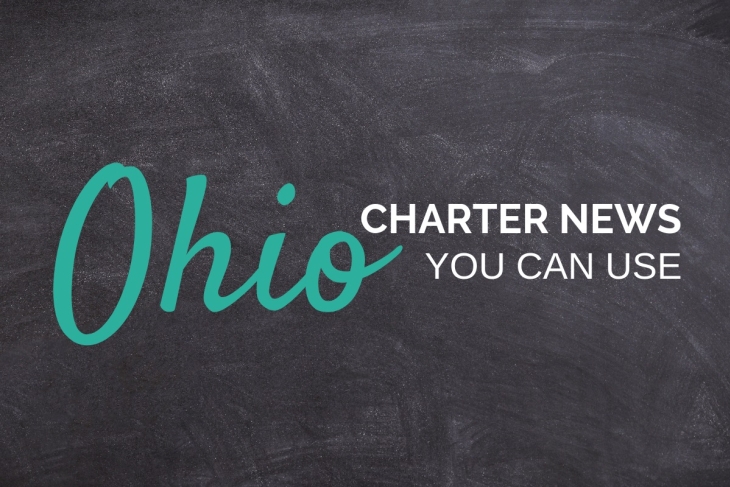- Here is a decade-long program in central Ohio whereby a third-party nonprofit provides a place for students to go during the day when suspended from school. A place where caring adults will help young people deal with any out-of-school issues that might have led to the suspension and will make sure that they keep up with homework while out. This seems like a pretty good model to me—very forward-thinking and holistic, with academics kept front of mind—and very adaptable to, say, a pandemic-type situation. In fact, we have noted in these Bites a number of such models which flourished across the state when most schools were in remote-only learning mode. Shame, then, that Columbus City Schools opted out of the program last year when the pandemic was still in full effect and has not rejoined. (Columbus Dispatch, 9/8/21) Here’s a brand-new bit of all right: Toledo City Schools has created a brand new pathway for high school students to earn all the credits they need toward a state barbering license before they graduate. A smart innovation, and a rather overdue one if I do say so myself. (WTOL-TV, Toledo, 9/8/21) Speaking of innovation, University School, a bougie all-boys private school in Cleveland, announced last week that it will be offering 10 new merit-based scholarships for incoming ninth graders next year. It is part of an effort to “increase scholarships…to attract and support outstanding students from throughout the region.” (Hmmm… Wonder why they’ve never thought of the “innovation” of accepting EdChoice these last many years.) The process for winning the new scholarship, open to any “ambitious” rising ninth grade boy in the region—including “scholars, artists, musicians, athletes and entrepreneurs”—unfortunately sounds like something from Tom Brown’s School Days. (Cleveland.com, 9/9/21)
- Why all this talk of innovation…such as it is? Because outgoing state superintendent Paolo DeMaria says that “the best schools [he] know[s]” change and innovate on a “very regular basis”. “They’re willing to acknowledge,” he says, “you know what: this is lousy, this isn’t working, we need to do something different.” I personally have never heard any school say out loud that anything they do is “lousy”, but then I’m not the boss of them I suppose. He does say that, even after he’s gone, the state needs to help schools “study research and find other schools that have tackled whatever problem they’re facing, and then take the risks of actually trying new things.” But unfortunately, he says that the state itself is partly to blame for this not happening. “So much of the systems we put into place actually suppress that kind of innovation and that kind of risk taking in the interest of unlocking what works,” he explains. DeMaria thinks the state educational megalith is getting better at helping innovation (“it’s like midway”), but I have to say that I am unclear at the end of this piece as to who is doing the innovating and who is doing the suppressing. It almost feels like the exact scenario which would result in weird situations like schools walking away from suspension-support programs that work, creating job-training pipelines about 10 years too late, or perhaps doubling down on some extremely old-world boarding school recruitment efforts. (Dayton Daily News, 9/13/21)
- For most of last year, we were following the sad saga of three families in northeast Ohio who discovered that their homes—the ones they invested in for the sake of their children’s education—were not actually located in the school district they had been told they were before building on that street. All were told they had to move their children out of their established district and go to another due to someone else’s error or move. It appears that one student, a senior this year, was given a dispensation and allowed to stay. Another, with no support from any quarter despite state laws that were supposed to help them, actually gave in and moved over the summer so as to establish acceptable residency. Shameful. Perhaps some actual innovation—such as statewide interdistrict open enrollment—could have helped out here. (Cleveland Jewish News, 9/9/21)
- On the upside, Youngstown City Schools made the deadline to submit their new improvement plan to the state with plenty of time to spare. On the downside, the plan sounds almost entirely based on pointless inputs and adult-centric outcomes. On the upside, it should be easy for the district to meet the benchmarks of teacher training and signing up community partners for stuff and, thus, to be removed from the oversight of an Academic Distress Commission. On the downside, Youngstown students will still be attending a low-performing school district when all is said and done. (Vindy.com, 9/9/21)
Your humble clips compiler—Jeff Murray ([email protected])









